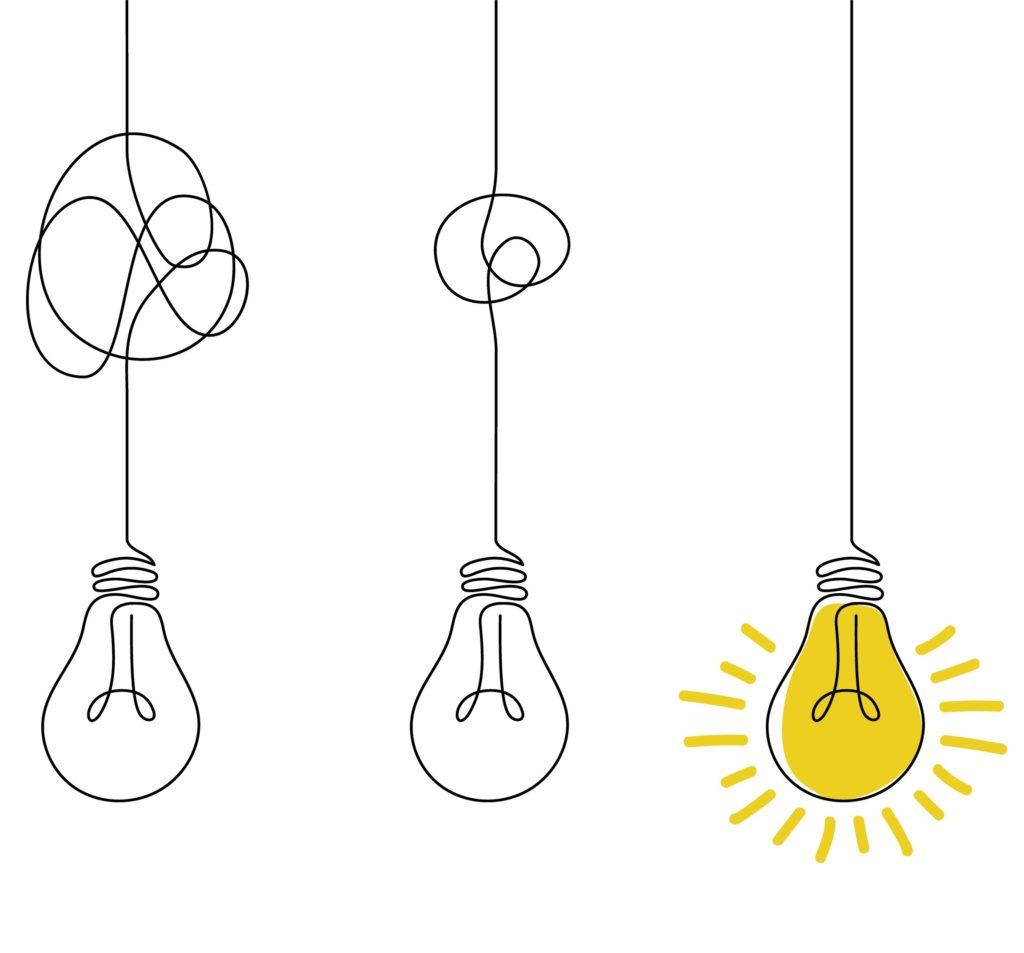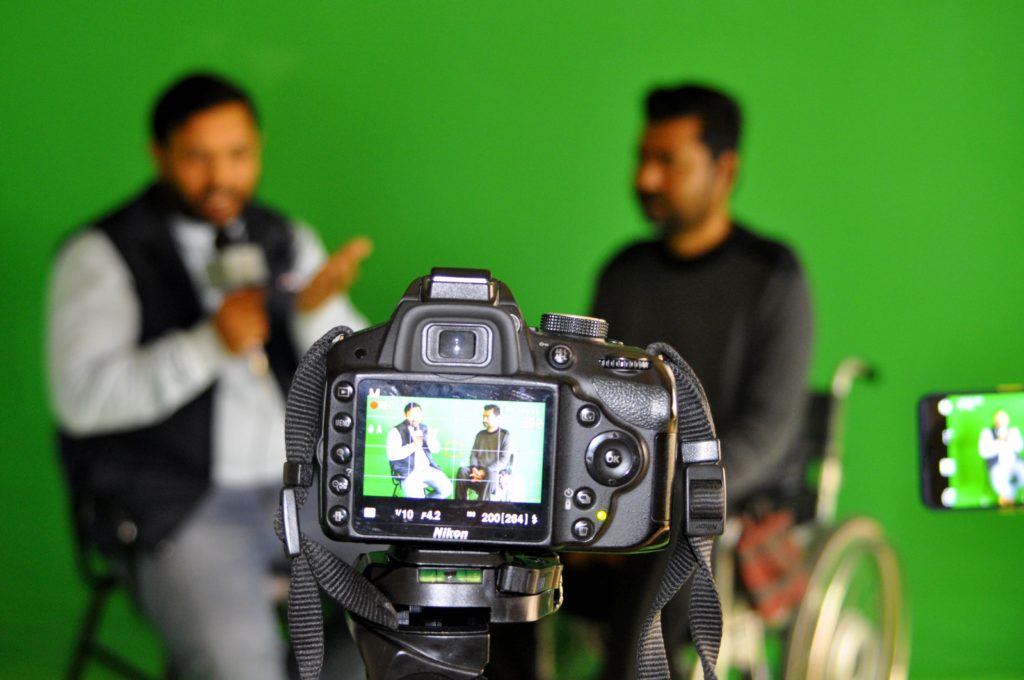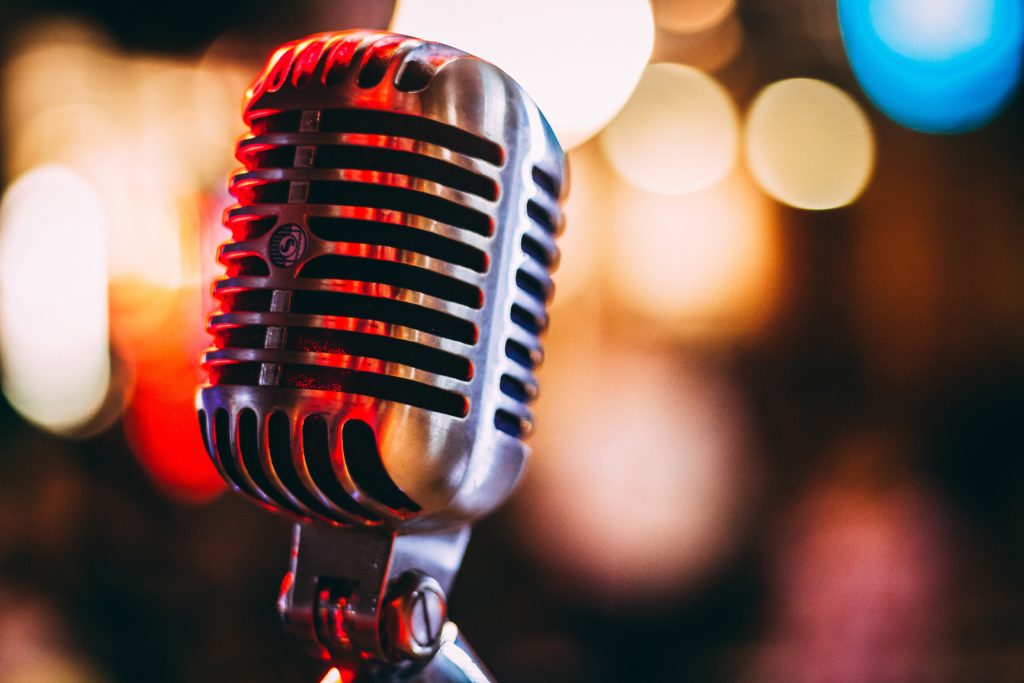8 Tips to Ace Your Next Phone Interview

There are millions of phone conversations taking place around the world at this very moment. We are focused on just one – the interview you will soon have with a reporter.
As with an in-person interview, it’s important to be prepared, stay on message, and be professional and authentic. Don’t just phone it in.
Here are eight tips on how to ace your next phone interview with a journalist. They cover physical and verbal techniques we share with our media training clients that can bring verve and attention to your words, as well as technological considerations that improve the connection. We also stress how it is important to set up the proper environment and to listen. Without further ado, let’s connect you to the tips that will make a difference.
8 Tips to Ace Your Next Phone Interview
1. Clear the distractions
It’s best if you can get out from behind your desk, away from your screens, and out of hearing distance from the dings that can lead to distraction. If there is no empty conference room or other space to create a “Do Not Disturb” setting, we suggest you silence those notifications, ensure you are focused entirely on the task at hand, and listen. Research backs up the importance of focusing on one activity at a time.
But, it’s also just common sense. We don’t imagine you would arrive to an in-person interview with your laptop with the intent of catching up on a few emails or to edit a report. Nor would you be texting your team about the next meeting. Even if a reporter can’t see you, such multitasking stands to diminish your ability to focus, listen, and stay on message.
2. Come prepared
While it’s not okay to have a pile of distractions before you, it is okay to have notes in view. If you want to ace your next phone interview, whether in-person or over the phone, come prepared. Be careful not to “read” them, however, like a script. You can use them as memory triggers as each question comes your way.
One of the more effective ways to do this is to determine your three key points (or messages) and list a few keywords that serve as a reminder. Underneath those key points, you can further list keywords that serve as the triggers for your supporting details, such as stories or statistics. This shorthand gives you the freedom to speak naturally but helps to bring the relevant material to mind quickly and efficiently.
3. Use a headset
Telephone headsets are great tools for better communication during a media phone interview. A headset will help you to ace your next phone interview as it gives you the freedom to gesture. Researchers have found that gesturing not only adds emphasis and verve to your words but also can help you to better remember what you want to say. When you express your points in an engaging manner, you become compelling. That quality helps your messages to stick, with the reporter, and, ultimately, with the audience.

4. Take a stand
Rather than sit in a chair, stay on your feet. Recent research suggests that standing can improve attention and the processing of information. In a media interview, you are called upon to do both. Our clients also have found that pacing can help them expel some of that nervous energy, and that they think quicker on their feet.
5. Say what you mean
Does your voice sound different whether you are talking to your boss or your kids? It probably does. Most astute listeners likely can infer even more about the kind of relationship from the greeting alone. Personal or professional? Antagonistic or friendly? Guarded or open? Voices are an important tool when it comes how to ace your next phone interview with a journalist. How high or low, how fast or slow, or how loud or soft you go all provide different cues to the reporter.
In this section about voice, one facial expression, however, gets a plug – your smile. Several years ago, U.K. researchers discovered that people could “hear” a smile. You heard that right. A visual cue as much as an auditory cue, if the subject matter calls for it, go ahead and smile. It will add warmth to your delivery and can make your voice sound friendlier.
6. Create a clear channel
Speaker and cell phones sometimes have an inferior sound quality that creates a challenge to clear communication. If you want to ace your next phone interview, it’s best to assess the quality of that line well before the line of questioning begins. A clear landline and high-quality headset can give you the assurance that your words are hitting when and as you want them to. You don’t have control of what the reporter will use, but you do have control of how you will be heard.

7. Clickety-clack, do talk back
Reporters still typically bring a pen and notepad to an in-person interview (and perhaps record them, too). However, for phone interviews, chances are they are sitting before their monitors, hands poised above the keyboard, ready to type the most interesting bits. When you hear the reporter begin that clickety-clack of the keys, slow down. Most of us speak faster than people can type, so take your time.
You can always check in to determine if your pace is spot-on. (“Please let me know if you need me to slow down.”). Further, occasional pauses during which you ask whether your answer was clear, your explanation made sense, or you need to repeat something you said, are all good. Reporters often let you know if they are falling behind. (“Can we just go back a minute? I want to make sure I understand what you said.”).
The idea is to keep pace with the clicks and clacks, be judicious in your readback requests, and listen for prompts from the reporter for clarification or a recap. While reporters may bristle if asked to repeat back every word, they typically appreciate opportunities to clarify and ensure they have accurately recorded the message you are trying to convey.
8. Can I start over?
 Perhaps you fear you mangled one of your key messages or made an incorrect statement. The latter is usually a relatively easy fix. Most reporters want to correct inaccurate information. For instance, you handle your town’s economic development policies, and you think you misspoke about the percentage of small businesses in the community.
Perhaps you fear you mangled one of your key messages or made an incorrect statement. The latter is usually a relatively easy fix. Most reporters want to correct inaccurate information. For instance, you handle your town’s economic development policies, and you think you misspoke about the percentage of small businesses in the community.
Here’s an example:
“I think I may have just told you that about 75 percent of the town’s companies are considered small businesses. I should have said 85.”
It gets trickier if you don’t like the way you said something.
Here’s your first quote:
“Our small businesses may not have the impact a large business has in terms of providing a source of revenue to the community, but small businesses contribute nonetheless in many different ways.”
You feel as if small businesses may feel slighted by the way you described their contributions to the economy. The reporter might let you rewind, but reporters are not always willing to change a direct quote you have already offered. You could begin by offering a casual request:
“Would you mind just repeating back to me what I said? I want to make sure I’ve given you the full picture.”
Some journalists will oblige by reciting your quote. If that is the case, try to avoid “What I meant to say …” Instead, you could offer this (which has the benefit of being a more descriptive quote and more likely to be remembered by the journalist):
“What I want to reiterate is that small businesses are the heart of our local economy. They not only pump needed revenue into the town’s coffers, but they provide services, products, and resources that make our lives better and more enriched. They also represent an important part of the historical and cultural fabric of the town.”
If the journalist declines reading it back to you, there’s always the redirect. You can do this if a reporter wraps up the interview by asking if there is anything more you want to add. If that doesn’t happen, you have to find a way to do it yourself. In either instance, you might consider this:
“One last thing, I mentioned earlier how small businesses contribute far more than just their economic value. To expand on that, I want to call attention to their crucial role in the historical and cultural fabric of our town. They provide services, products, and resources that make our lives better and more enriched. And, by employing our residents, they help to create sustainable local economies.”


